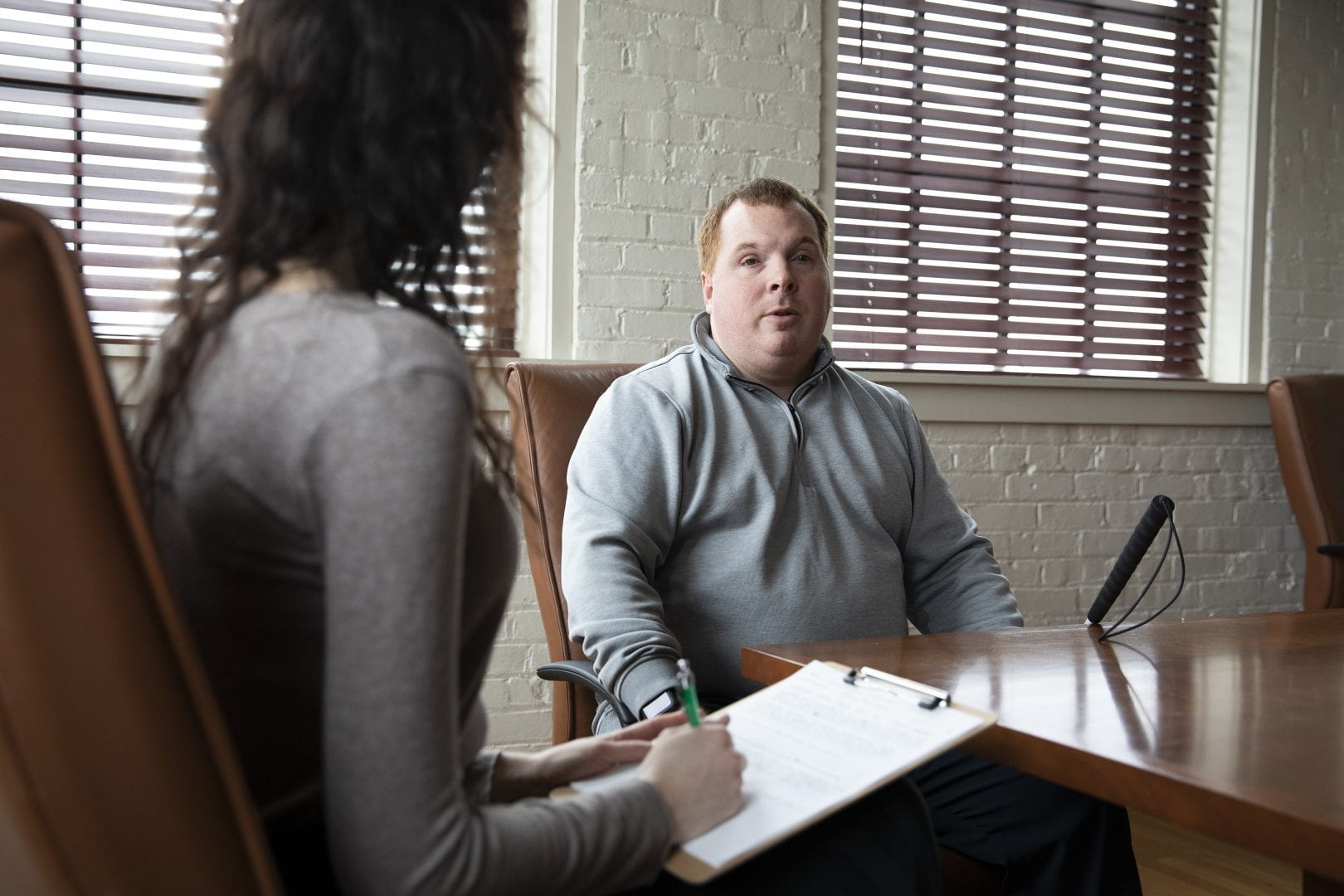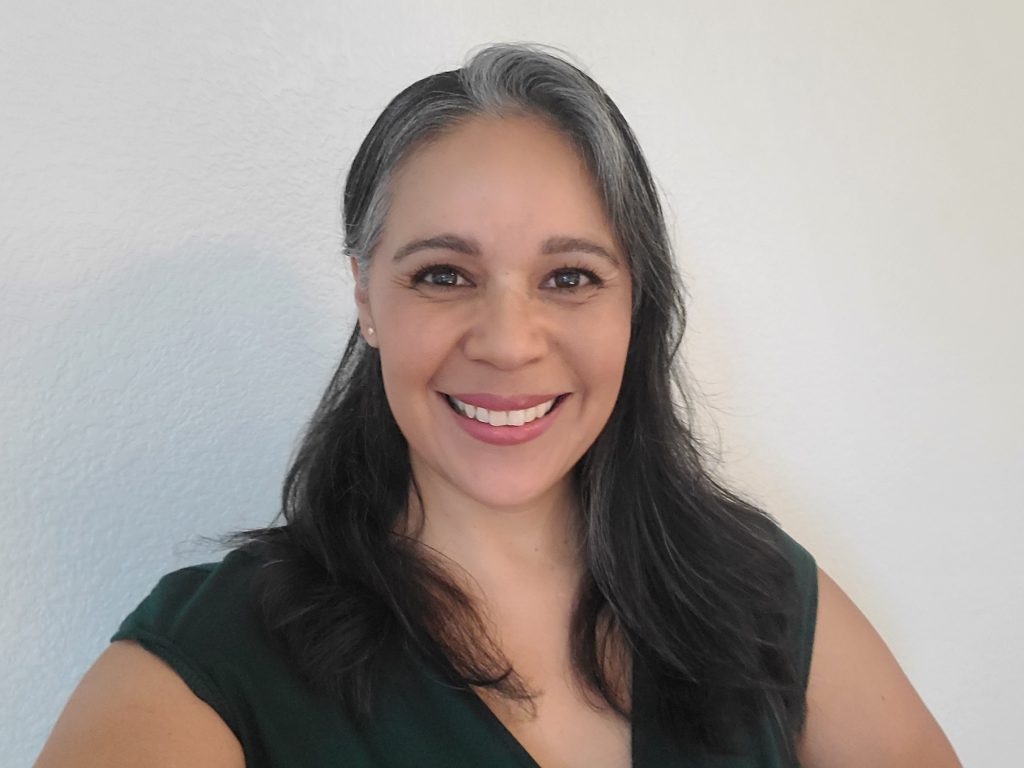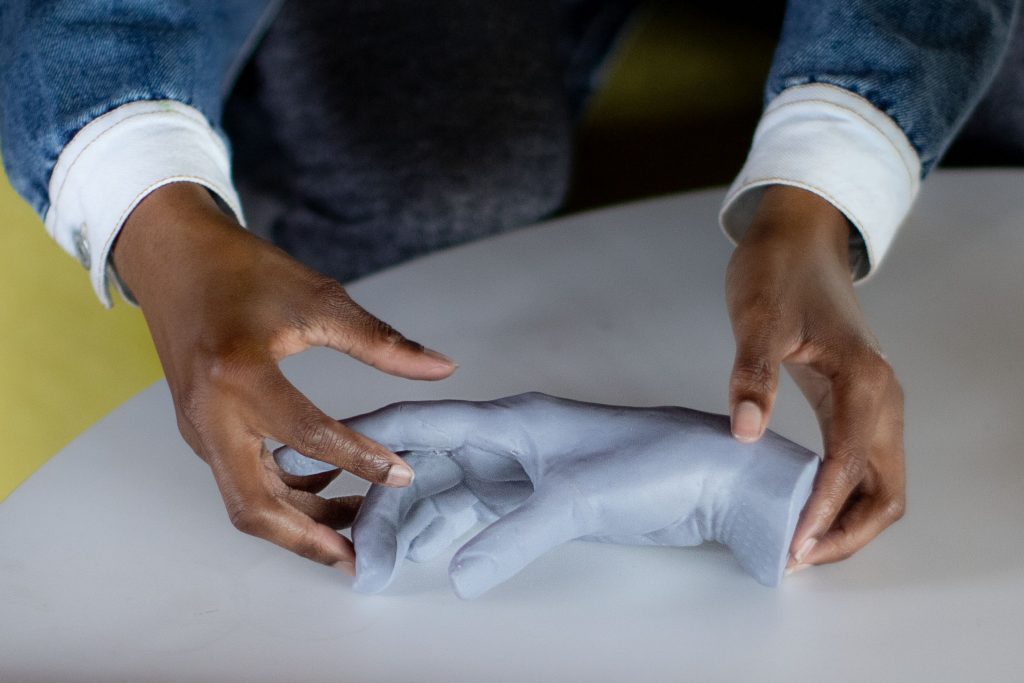To ensure gift delivery by 12/25, please place orders via UPS shipping no later than 12/17.
CloseUniversal Design From the Start

May 20 is Global Accessibility Awareness Day (GAAD). As a person who identifies as blind, I am an advocate for universal accessibility. Universal accessibility is about more than compliance with standards. It is about developing solutions to meet the needs of all users, with and without disabilities. I seek to move the world from awareness to action. It is wonderful to be aware of the needs of others, but even better to consider those needs when developing new projects. Below are five tips to consider before starting any design project.
1. Before developing a project, consult those you seek to serve.
Sometimes, teachers, product designers, and software designers come up with projects that sound great in theory, but are not aligned with the needs of the community they seek to serve in practice. Our own confirmation biases convince us that our project ideas are great, even though they may not be the best solution for those we serve. Before moving forward with any proposed program or project, speak with the community you seek to help. For example, if you are a nondisabled engineer seeking to solve a problem for the blind and visually impaired community, first start by speaking with blind and visually impaired people about the challenges they face in their everyday lives. Do not approach this conversation convinced that yours is the only viable solution. Listen. Keep an open mind. Challenge your assumptions and implicit biases about what it would be like to be blind or visually impaired. It is important to center the needs of the people who might potentially use what you hope to develop. Candid focus groups are a great way to get this feedback. If your product is designed for the general public, convene a focus group that includes a cross-section of those who will use it, including marginalized communities. You can use a search engine to locate local consumer and support groups for various disabilities, including blindness and visual impairment.
2. It’s okay to ask questions, but don’t expect free labor from marginalized groups.
Holding a voluntary focus group is one thing, but relying on people with disabilities to implement your accessibility work is quite another thing. Imagine you are a product designer, and companies constantly come to you seeking free labor. You would not continually provide them with free expertise. Likewise, people with disabilities have valuable expertise and deserve to be compensated for it. Although many of us do not mind assisting where we can, we deserve compensation for our expertise. We should not be expected to provide free labor just because the accessibility gains benefit our community. That would be like failing to pay software developers because the software they developed benefitted them. That would never happen in the technology industry, nor should it continue happening to people with disabilities.
3. Before asking your friends with disabilities, do some research.
Don’t get me wrong, I love assisting with new projects that address accessibility challenges. Part of my job is to assist my colleagues with this work. However, I am always surprised when someone outside of my employment approaches me with very basic questions about accessibility. Search engines are your friends. Doing accessibility work requires both tangible and emotional labor. As Amy Gaeta writes, “Whether either party in an emotional labor relationship disabled or not, emotional labor thrives off the ableist assumption that bodyminds are resources to be extracted and utilized without cost or replenishment.” Help take some of the burden off your friends and colleagues with disabilities. Do some reading before asking.
4. Save time and money with accessibility from the start.
It is best to design with universal accessibility in mind from the very start. Do all that you can to ensure universal accessibility. Realize that it is much less costly to design with universal accessibility in mind than it is to remedy lack of accessibility in the future. Prioritize the things that will make your project accessible to everyone, not a select few. Do not rush the rollout of your project. Seek feedback from people with disabilities to ensure your project is on the right track. Do not release your final product with major accessibility problems.
5. Contact the experts!
If you have questions about accessibility for the blind and visually impaired community, feel free to contact APH by sending an email to accessibility@aph.org You can also find additional resources at the International Association of Accessibility Professionals
Share this article.
Related articles

Meet APH Scholar Patricia Gallardo
Meet APH Scholar Patricia Gallardo Patricia Gallardo joined the Child Development program at Braille Institute in 2018, and in 2022...

Designed to Include: The Dot Experience Begins with Accessibility
Every aspect of The Dot Experience, from the elevator shaft to the carpeting is being carefully planned, built, and tested...

Honoring Our Influencers: From Goalball to Life Goals
As The Dot Experience continues to develop, the Influencer Campaign has provided individuals with the opportunity to share authentic stories...
